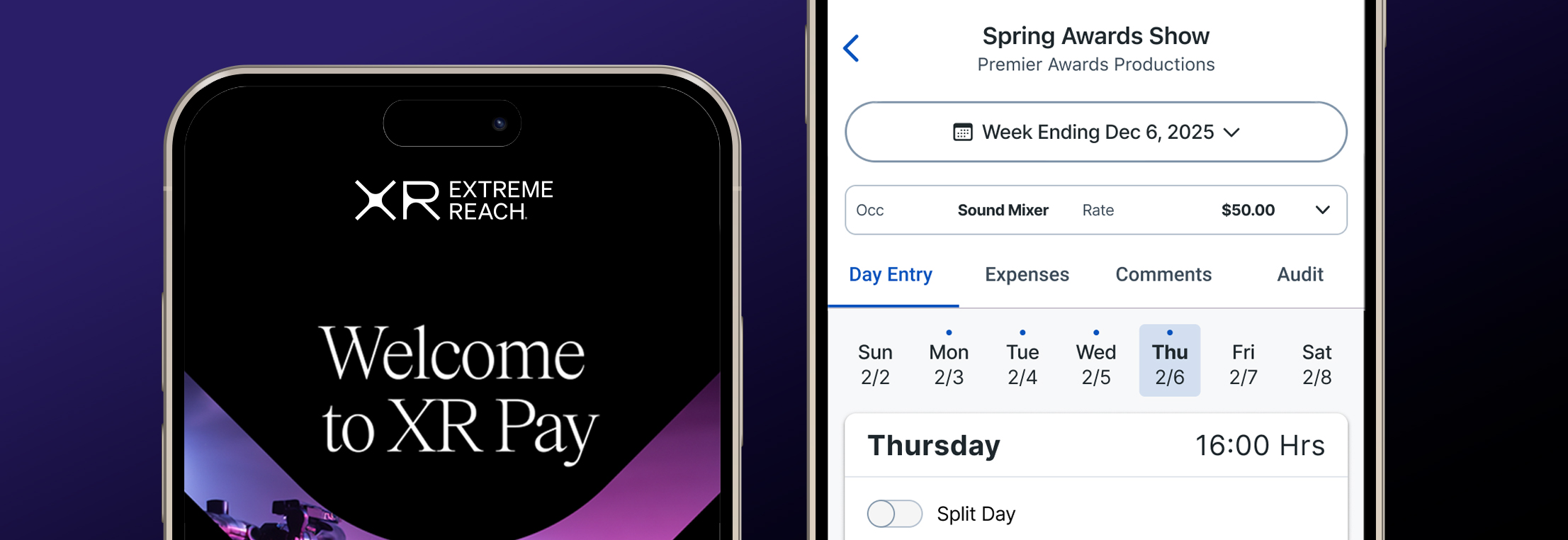A Look at TV Consumption Habits in the US
How much time, and via what medium, do Americans spend watching TV? A recent Nielsen study shows that streaming dominates as the top TV option, which is no surprise given the huge range of content available through the multitude of streaming services. At the end of last year, the number of programs available to stream was more than three times the number offered on linear channels.
And yet, despite the abundance of choice, total consumption time across all screens has stabilized to pre-pandemic levels. In Q4 2019, the average US adult aged 18+ spent 303 minutes (just over five hours) watching TV per day. That figure had dropped to 294 total daily minutes (just under 5 hours) in Q4 2022. The distribution of time watched also shifted. Here are a few key takeaways:
- In Q4 2019, TV-connected devices—including smart TVs, gaming consoles and over-the-top (OTT) systems like Roku and Amazon Fire TV, and more —accounted for 58 minutes each day, versus 245 mins on linear and cable TV.
- TV-connected viewing overtook cable for the first time in Q4 2022. In early 2023, nearly 85% of US homes had at least one TV-connected device, representing a steady migration away from satellite and cable boxes.
- Over one-third (35.5%) of homes now get TV access exclusively via the Internet.
While audiences are increasingly leaning toward digital platforms for their TV viewing, Nielsen data shows that consumers generally prefer a media selection that includes both traditional channels and emerging technologies. Innovation will continue to create change, but one constant remains—a healthy appetite for TV content.



.jpg)
